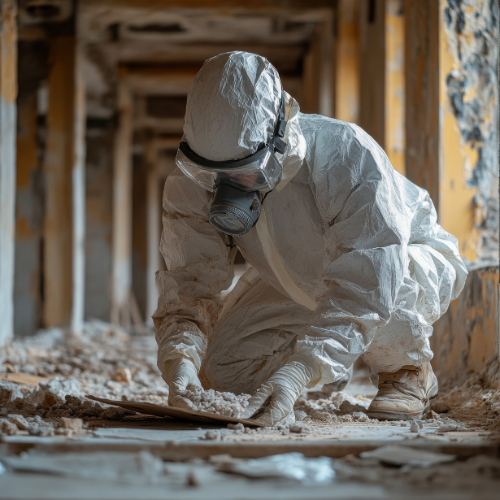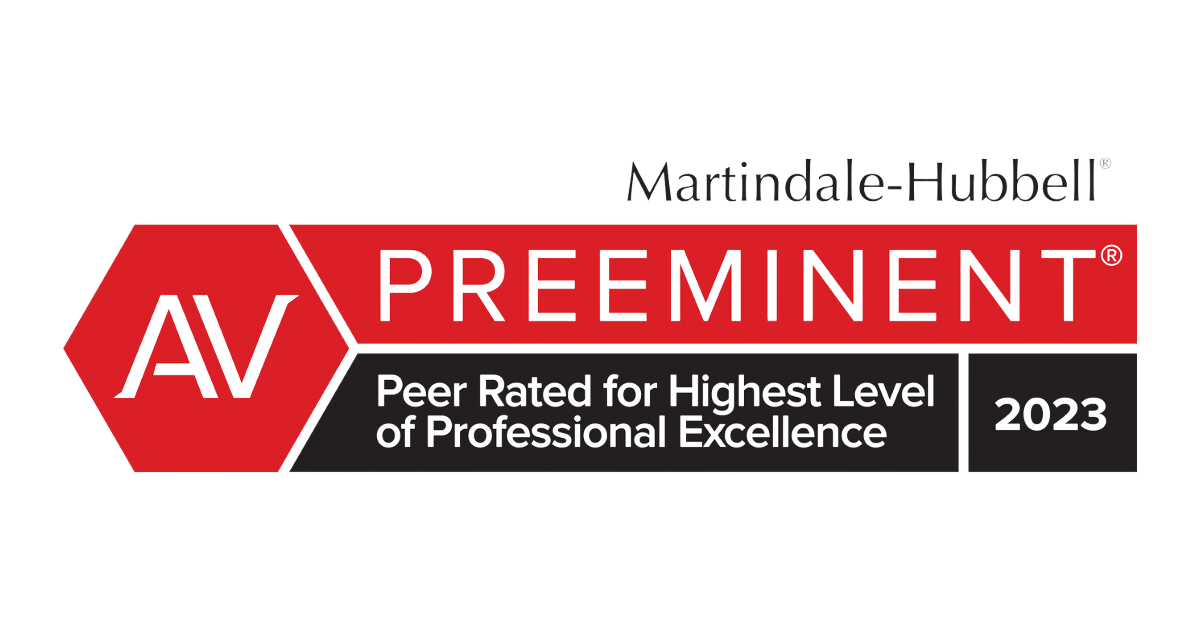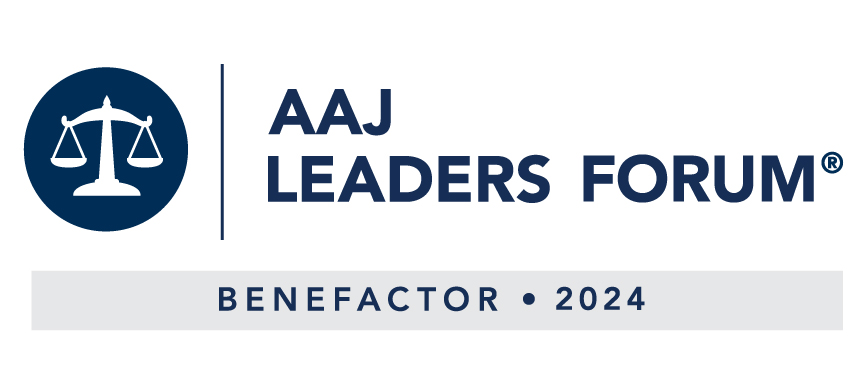People often used asbestos, a natural mineral, in building materials. It is known for its heat resistance and durability. However, inhaling its fibers can be extremely dangerous to health. Prolonged exposure can lead to life-threatening conditions, including asbestosis, lung cancer, and mesothelioma.
Although authorities have heavily restricted asbestos use, many older buildings, including schools, still contain it. The federal government saw the risks asbestos poses to children, teachers, and staff. To improve safety in schools, they created the Asbestos Hazard Emergency Response Act (AHERA).
This blog looks at what AHERA requires. It explains how it protects students and what it means for communities worried about asbestos in schools.
Understanding the Asbestos Hazard Emergency Response Act (AHERA)
Congress passed the Asbestos Hazard Emergency Response Act (AHERA) in 1986. It is an amendment to the Toxic Substances Control Act (TSCA). The government created AHERA to address asbestos hazards in schools. The Environmental Protection Agency (EPA) runs AHERA.
This law requires all public and private schools in the United States to check for asbestos. Schools must also create plans to prevent asbestos exposure.
AHERA is comprehensive in its requirements. It requires regular inspections and asks schools to keep detailed records of asbestos.
Schools must also create plans for managing asbestos. They need to share these findings and plans with staff and families. By using AHERA, the EPA wants to lower the risk of asbestos exposure. This helps create a safer environment for students and staff in schools across the country.
The Threat of Asbestos in Schools
Schools built before the 1980s often have asbestos in insulation, floor tiles, ceiling tiles, pipe coverings, and other materials. When these materials get old or damaged, asbestos fibers can enter the air.
Breathing in these fibers can cause serious health risks. Young students are especially at risk. Dangerous fibers can harm their growing lungs. Diseases from asbestos exposure may not appear for many years.
Teachers, staff, and maintenance workers are also at risk in schools with damaged asbestos-containing materials. Exposure over extended periods, even at low levels, can increase the chances of developing asbestos-related diseases. Because of these high stakes, AHERA’s guidelines are crucial in protecting school communities from potential asbestos exposure.
Key AHERA Requirements for Schools
To effectively manage and mitigate the risks of asbestos, AHERA outlines several critical requirements that all schools must follow:
- Inspection and Re-Inspection: Schools must first inspect their buildings to find all materials that contain asbestos (ACMs). Certified asbestos inspectors or management planners must perform these inspections, cataloging the location, condition, and quantity of asbestos materials. Schools must re-inspect every three years to assess the state of ACMs.
- Asbestos Management Plan: After finding ACMs, schools must create a plan. This plan will explain how they will monitor and control asbestos risks. This plan must include the locations of asbestos.It should show the results of regular checks. It must also explain what actions the team took to reduce exposure. Finally, it should outline plans for future removal. The management plan must be available for review by parents, teachers, and regulatory authorities.
- Periodic Surveillance: Every six months, schools must check known asbestos materials. This is to see if there is any damage or wear that could release asbestos fibers. This regular monitoring is essential to ensure that conditions remain safe for students and staff between re-inspections.
- Schools must appoint a designated person responsible for ensuring compliance with AHERA. This individual manages asbestos-related activities, maintains records, coordinates with inspection professionals, and ensures that management plans receive proper implementation and updates.
- Notification and Communication: AHERA requires schools to inform parents, teachers, and staff every year about asbestos. This includes details on asbestos-containing materials and the school’s management plan. This transparency ensures that all stakeholders are aware of potential hazards and reassures them that precautions are in place.
- Proper Training for Maintenance Staff: AHERA requires school maintenance and cleaning staff to get asbestos awareness training. This is necessary if they work in buildings with ACMs. For those who may need to disturb asbestos-containing materials (e.g., during repairs or renovations), more extensive training is necessary to prevent accidental exposure.
AHERA’s Role in Protecting Student Health
AHERA is important for protecting students, teachers, and staff from asbestos exposure. It sets strict rules for inspection, management, and communication. These requirements ensure that schools proactively address asbestos hazards, keeping the school community informed and involved in safety measures. While no level of asbestos exposure is safe, AHERA’s guidelines help to minimize exposure and safeguard public health.
The act also empowers schools and parents by providing access to information on asbestos risks. AHERA requires clear communication. This helps parents and staff make informed choices. It also holds schools responsible for keeping safe environments.
Challenges and Gaps in AHERA Compliance
Despite AHERA’s requirements, compliance remains inconsistent across school districts. Some schools struggle with funding limitations that make it difficult to perform regular inspections and maintenance on older buildings.
AHERA does not require schools to remove asbestos right away unless it is an immediate danger. However, some schools may delay removal because of budget issues. This can keep the school community at risk.
Enforcement of AHERA is also a challenge. The EPA oversees compliance, but limited resources and manpower can make thorough monitoring difficult. Schools in some regions may face fewer compliance checks, leading to uneven implementation of asbestos safety measures. Many advocates say we need stricter enforcement and more funding to help under-resourced districts follow AHERA rules.
Brayton Purcell LLP: Advocating for Asbestos Safety in Schools
At Brayton Purcell LLP, we recognize the importance of protecting students and staff from asbestos exposure. If you think your child's school is not following AHERA rules, we can help. We can also assist if you or a loved one has an asbestos-related illness. Our team has extensive experience in asbestos litigation, fighting for the rights of those affected by negligent asbestos exposure.
Final Thoughts
Asbestos exposure in schools is still a concern. However, AHERA offers important protections. If students and staff follow these rules, they can lower health risks. Parents, teachers, and community members play a vital role in advocating for transparency and accountability in asbestos management
If you believe that your school is not in compliance with AHERA or if you have concerns about asbestos exposure, contact Brayton Purcell LLP today for a free consultation. We are here to support families and fight for a safer future for students and staff across the country.
















